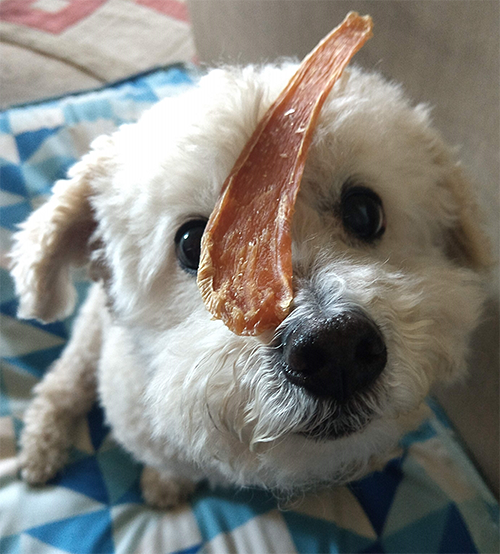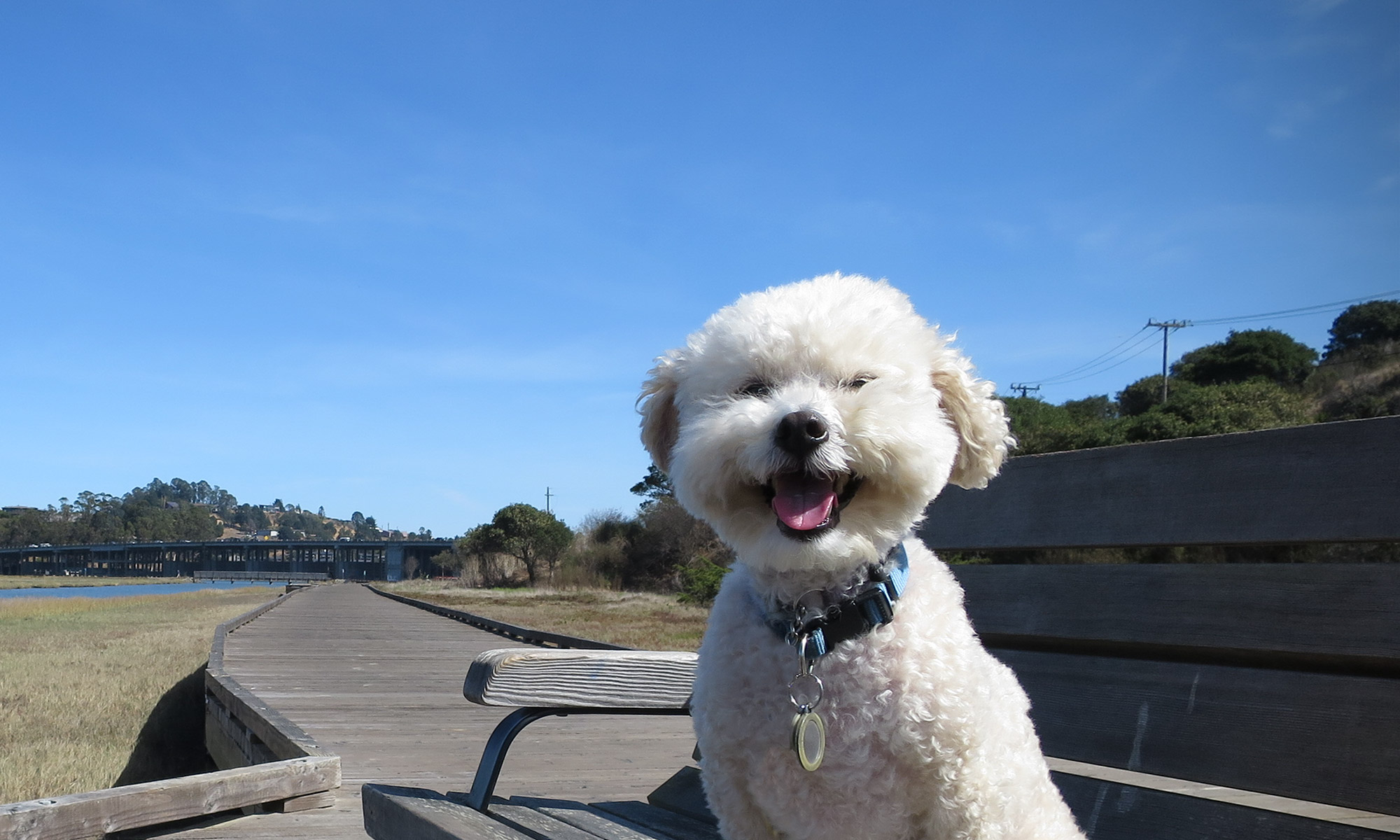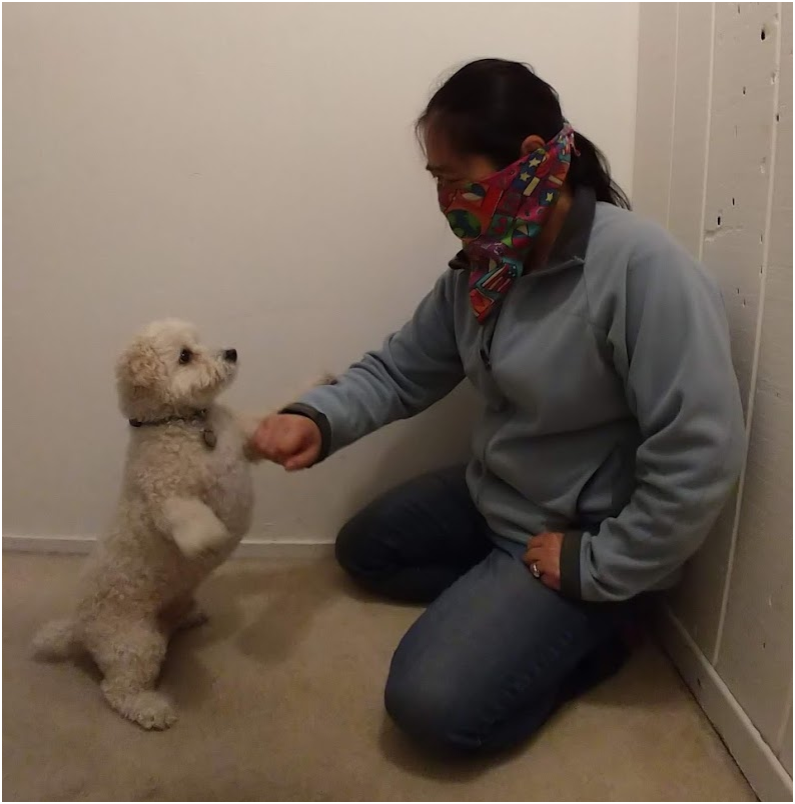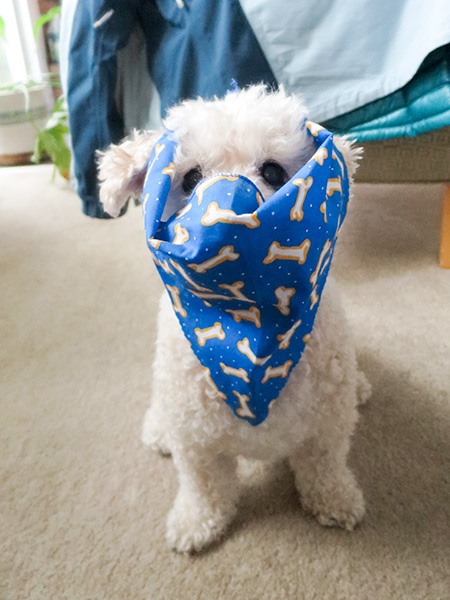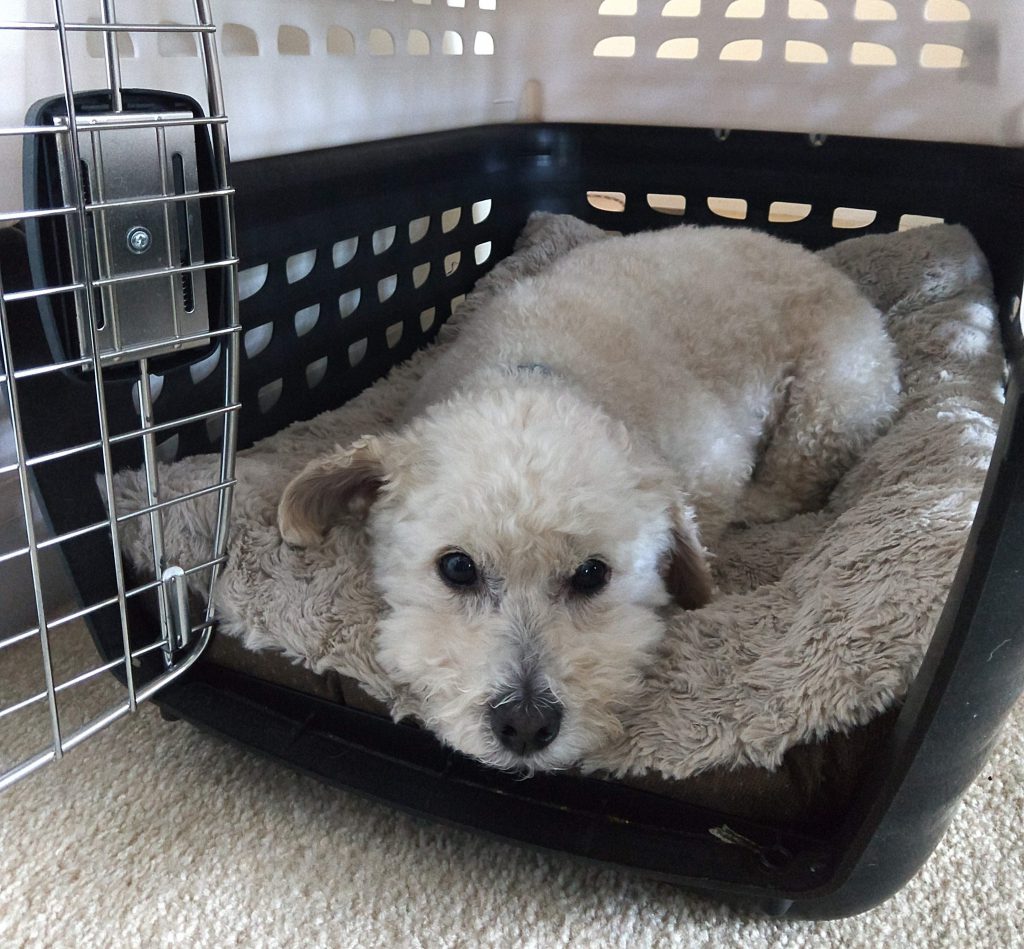It’s the 5th month that we are still under Shelter in Place order with limited business reopen. While I am not fully back to provide in-person dog behavior consultation and training, I continue to use this time to improve my knowledge on canine behavior by attending webinars and online workshops. As much as I can read and observe from my canine learning materials, I still need other things to spice up my daily routine which leads me to explore the fun of homemade dog treats.
My dog, Bailey, always enjoys homemade treats more than store-bought. Chicken jerky is one of the few items he would eat if I get it from stores. Because of his age (going to be 11 years old in 3 months!) and teeth condition, I notice he doesn’t like store-bought chicken jerky as much as before. He would still eat them but requires the jerky to be cut into small bits for easy chewing. So, I decide to make homemade jerky for him so I can control the thickness and hardness of the jerky.
What you need to make homemade chicken jerky:
- A dehydrator (I have this one: Nesco Professional 600W 5-Tray Food Dehydrator, FD-75PR)
- 2 packs of frozen chicken breasts
- 8-12 hours drying time depending on the thickness of the meat
You can use pretty much any meat protein that your dog likes to make into jerky. I have tested with beef, chicken, chicken hearts, chicken gizzards, smelts, calamari and squids. I used to get these ingredients from a local Asian supermarket but due to COVID-19, I haven’t been to my favorite Asian supermarket for as long as we are in SIP. Because these proteins are raw, it is recommended to freeze for at least 3 weeks to minimize any potential parasite risks. Store-bought, human-grade meats are pretty safe because most of them are pre-frozen, but I still like to freeze it for 3 weeks before I get it ready for jerky.
Once the meat is frozen for 3 weeks, I take the meat out of freezer to defrost. While it is semi-frozen, that’s the time to cut the meat into the desirable thin layers. After the 2 packages of chicken breasts are all cut to size, place them on the dehydrator trays with space between each piece. This time, I made some thin chicken chips and chicken twists, just for fun.

The temperature to dehydrate protein is set at 160° F or 71° C. Depends on how thick the pieces are, it would take at least 8-12 hours for chicken. For oily meat or fish, you will need to keep it for longer time. If you are doing bully sticks, it can go up to 36 hours.
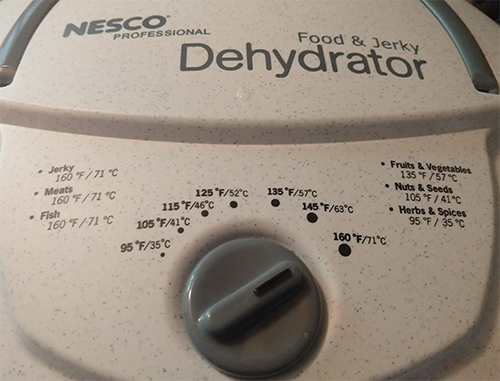
So, while the meat is in the dehydrator drying, I have time to listen to quite a few webinars and learned about dealing with dog-dog aggression cases and helping fearful and anxious dogs through play.
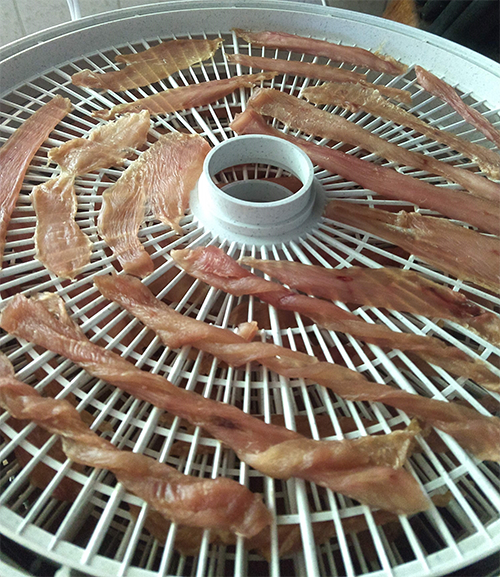
I kept checking on the meat and finally, they looked DONE after 9 hours!
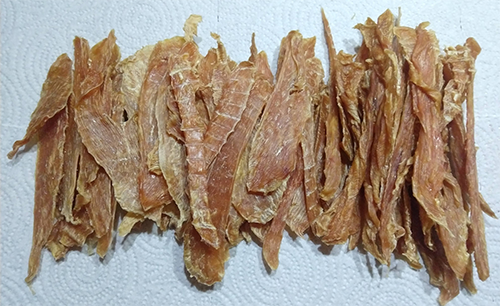
Once the jerky is done, let it cool on a cookie rack for at least 2 hours. Don’t rush to put them into a plastic zip-loc bag or a mason jar while the jerky is still warm. This would make it go rancid quickly.
I like to let the jerky cool off for at least 2-3 hours, sometimes overnight, before I store them in a zip-loc bag or a cookie jar. Since it is a relatively big batch when I make jerky, I usually leave 1/3 of the portion out for a week to use. Keep the 2/3 portion in an air-tight container for up to 6 weeks.
